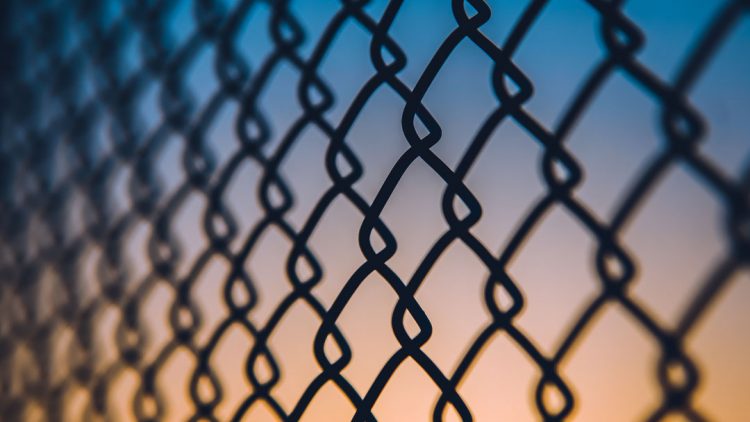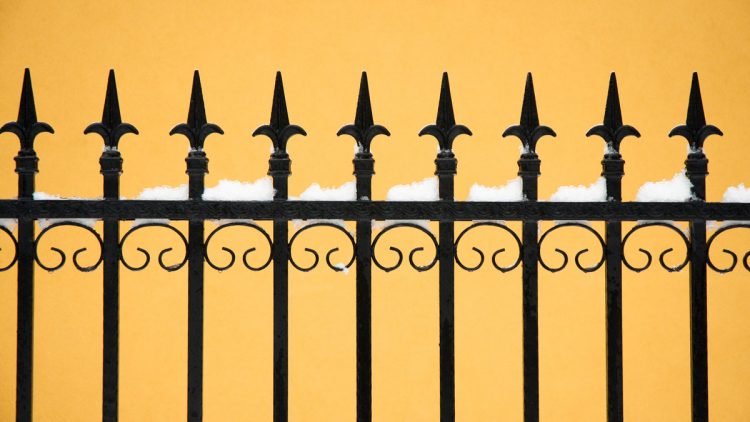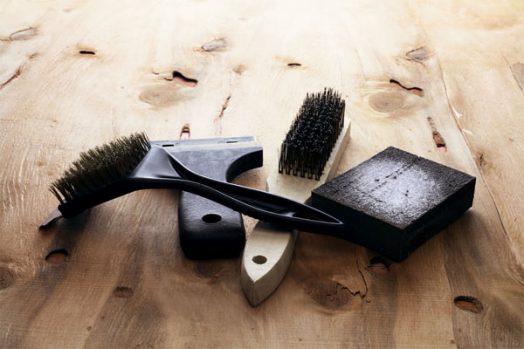Swimming Pool Fence Costs 2021
This article should be useful if you’re looking for pool fence installation costs. When it comes to erecting a pool fence, we’ll talk about the costs involved. In the United States for 2021, the average pool fence installation cost is $1,500, with costs ranging from $1,100 to $1,900.
Considerations for Pricing a Swimming Pool Fence
Aside from the materials and labor, there are a handful of other factors to think about:
- Safety for children and their families
- Is it better to have it fixed or to have it removable?
- Options for gates, seclusion, and netting
- Pool fences are the preferred pool barriers for safety and comfort. The height of the fence, pole selection, paint finishes, and arrangement are all elements that determine the ultimate cost. We can assist you in determining the pool fence layout that is best for your family in terms of maintaining a high level of safety while remaining within your budget.
Configuring the fence from point A to point B is one of the most cost-effective options. This option joins the pool fence to an existing structure, such as a perimeter fence, house wall, or garage. (Note: The border fence must be in excellent repair and meet the required height.) Windowless garage and home walls are required.) This type of installation will typically require 40′ to 60′ of fence, as well as a self-closing gate.
Pool Fences for Isolation
- Isolation pool fences, which encircle the entire pool, often require 60′ to 120′ of fencing, as well as a self-closing gate.
Variables and Additions to Pool Fence Prices
- Fencing height – 4 foot or 5 foot
- Any concrete construction that is required
- Finishes of paint
- Thickness of the pole
- Elevation changes and customized panels
- Terminal post requirements
- Location of the installation
- Customization degree
- Costs of Pool Fencing
- The typical cost of installing a pool fence is between $1,100.00 and $1,900.00.
- The cost per linear running foot ranges from $14.00 to $20.00.
- Gates with self-latching and self-closing mechanisms cost between $350.00 and $450.00 each.
What Are the Advantages of Having a Pool Fence?
Pool fencing is a necessary home improvement project that can save lives. Another benefit is that you will be compliant with local building codes, which will shield you from liability if someone is injured in the pool later. Pool safety fences increase the resale value of your house since many homebuyers, especially those with children, want to see that safety protections are in place.




